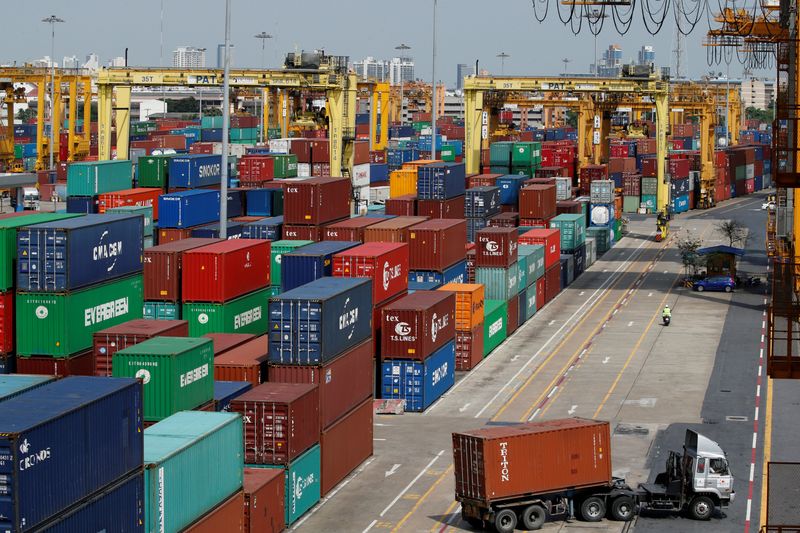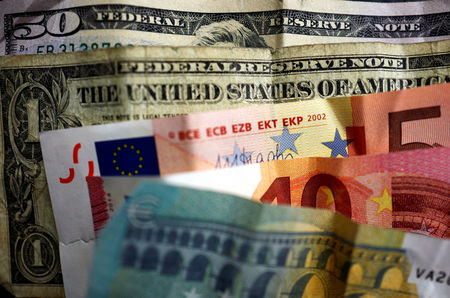
BANGKOK (Reuters) -A rapid appreciation of the Thai baht is hitting exporters and tourism spending, the central bank said on Monday, adding that the currency was gaining due to a weak dollar in the face of stronger regional currencies like the Yuan and Yen.
The baht hit its highest level in 31 months on Monday, at 32.235 against the greenback. It has risen 5.8% year-to-date, the region’s second best performer after Malaysia’s Ringgit.
Exports and tourism are key drivers of Southeast Asia’s second-largest economy.
The baht’s rapid rise comes ahead of a meeting between the central bank and Finance Ministry this week, where the Thai currency’s performance and the country’s inflation target are expected to be discussed.
The meeting, first reported by Reuters, follows months of government pressure on the BOT to cut interest rates and align with fiscal policy aimed at stimulating the economy.
The central bank has so far resisted calls for a cut, holding rates unchanged at 2.50% for a fifth straight meeting on last month, and has said a cut was not necessary. The next rate review is on Oct. 16.
The central bank had managed the baht’s volatility, BOT assistant governor Chayawadee Chai-anant told reporters.
The stronger baht was impacting exporters when converting profits back to baht, she said, adding that it would also hit tourism spending.
Exports in August rose 11.4% from a year earlier while imports were up 8.5%, resulting in trade account surplus of $2.4 billion, the BOT said.
The current account surplus was $1.4 billion in August, up from a revised $0.1 billion surplus in July, due to accelerated exports of agriculture products to trading partners who faced shortages, the BOT said.

The economy grew at a faster pace of 2.3% in the April-June quarter on the year, but analysts said fiscal policy uncertainty clouded the outlook.
The BOT has forecast economic growth of 2.6% for 2024, after last year’s 1.9% expansion, which lagged regional peers.
This post is originally published on INVESTING.




